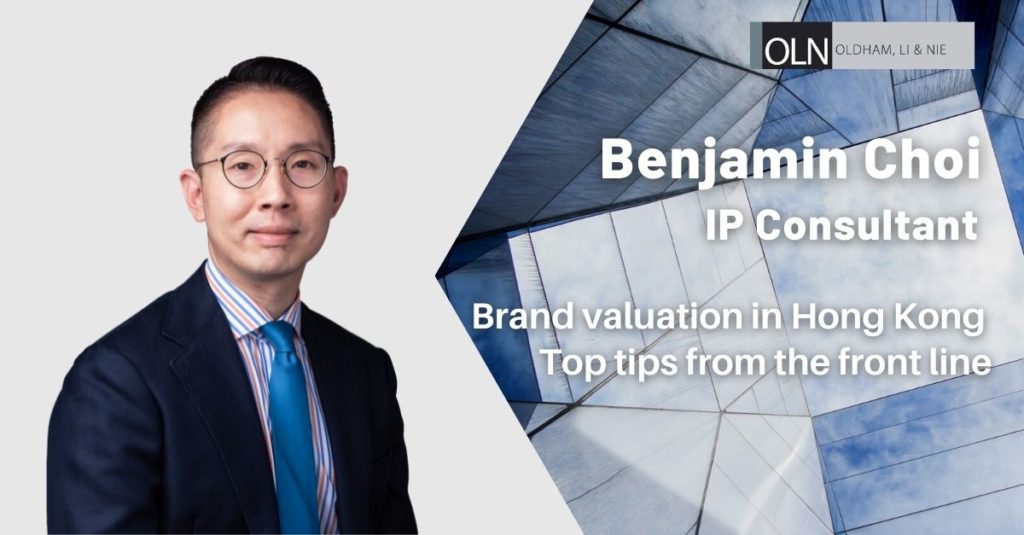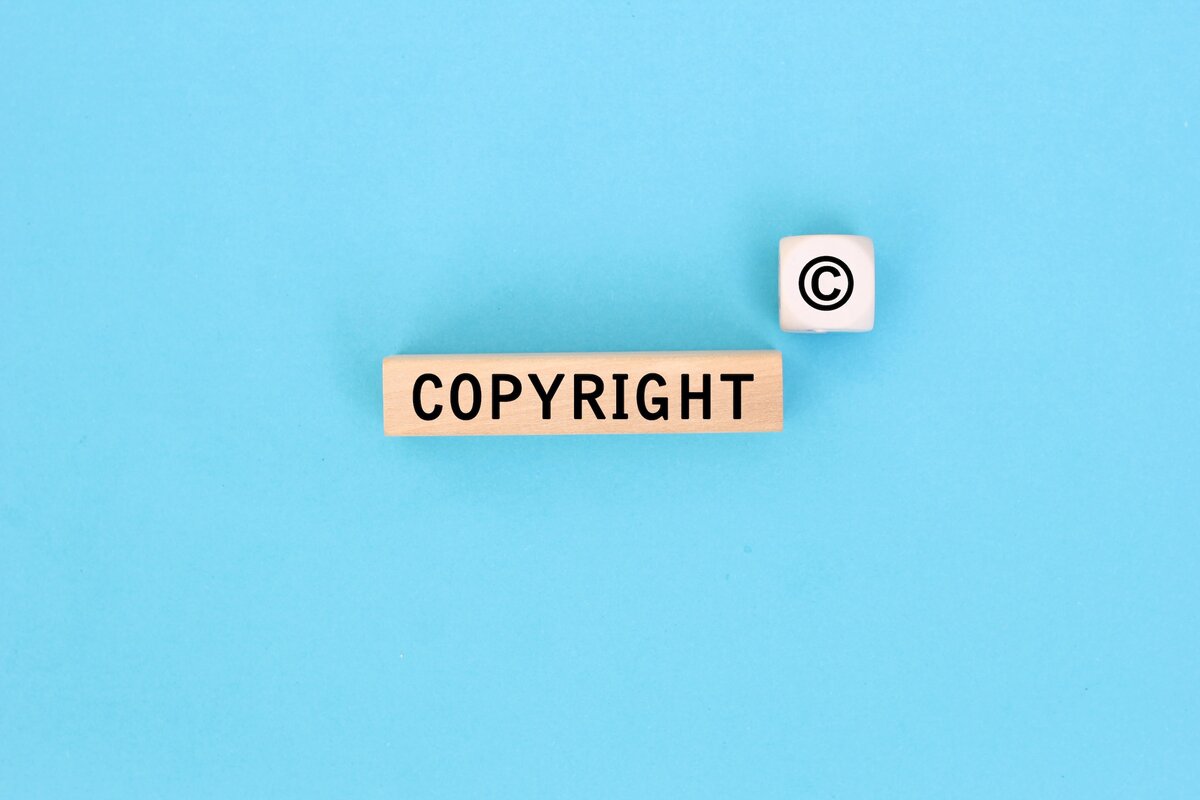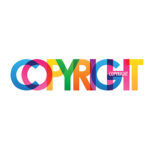Brand Valuation in Hong Kong – Top Tips from the Front Line
4 11月 2021

- As a leading commercial hub, Hong Kong is often viewed by foreign brand owners as an ideal gateway into Asia.
- However, local conditions – from the worth placed on family-run business to the impact of sky-high rents – are often under-estimated or misunderstood.
- Analysis of successful home-grown brands and some not-so-successful foreign entrants provides invaluable takeaways for those considering taking the plunge.
Brands are a relatively solid form of IP asset compared to a product’s design or artwork. They usually command a higher commercial value to reflect their potential to generate significant future income. However, brands can only be traded when there is a reasonably strong commercial incentive, a guaranteed return and, most important of all, a shared intention between the seller and the buyer.
The owner of a quality brand may not be interested in a buyer’s offer to acquire it for numerous valid reasons (eg, to preserve a family business). Yet there are many ways in which the owner can significantly enhance the status of its brand in terms of operation scale and geographical reach, to ensure that it reaches its full potential.
IP trading utilises brand power to create business opportunities in the market economy. This is where an IP asset is exploited to the fullest extent in order to realise its maximum value and return through acquisition, licensing and/or franchising with the facilitation of IP intermediary services including IP legal advisory, valuation, financing and insurance. IP trading provides a designated channel for rights holders to freely offer their intellectual property to potential buyers, licensees or franchisees.
Hong Kong is well positioned as a hub for IP origination, generation and trading in Asia. As a leading international commercial centre and tourist hotspot, the region welcomes and sustains leading brands from all over the world by providing an economy capable of supporting, absorbing and trading high-quality, novel and sought-after goods and services.
In November 2013 the Working Group on IP Trading was established to design government-level strategies and policies to support and promote this vision. The group’s aim is to:
- enhance the Hong Kong IP protection regime;
- support IP creation and exploitation;
- foster and enhance IP intermediary services; and
- promote, educate and facilitate external collaboration efforts.
Finding the right match
IP valuation is a key component in IP trading. Each and every IP asset or brand has its own identity and exclusive features, which account for its value. Valuing a brand is more complex than valuing a piece of art. While brands are just as unique, only brand valuation requires the projection of future income. Art valuations also stand a better chance of finding a reference value through some comparable (eg, records of sales, auctions or art by the same artist). In reality, the number of truly marketable brands is much smaller.
The question is who has the experience and expertise to carry out complex IP valuations? IP and brand valuation services in Hong Kong are unsystematically offered by business consultants, accountants, auditors and IP service providers. Business valuation and appraisal services are not regulated and few existing service providers in the space appear to have professional indemnity cover. Parties to an IP transaction may well be exposed to the risk of inaccurate or unfair pricing formulated by these service providers. Realistically, a good team of valuation experts should include an accountant, a business consultant and an IP legal professional, who can collaborate to assess the brand value from different perspectives.
Income versus market
The classic approaches to IP valuation are:
- the income method – based on future projected income the IP asset can potentially generate; and
- the market method – based on observations of actual third-party transactions of comparable intellectual property to determine a price.
IP value can also be influenced by unforeseen circumstances. Parties get stuck in an IP transaction if they cannot agree on the method of valuation and the variants to be considered. A valuation based on a forecast of future profits that the intellectual property can potentially generate seems fair as the value is determined at the time of the transaction. Once the intellectual property is acquired, the buyer takes all credit or deficits from the actual profit or loss generated by it.
A valuation based on completed transactions of comparable intellectual property depends heavily on the applicable data and precedents. Every piece of intellectual property or brand is unique, with its own specific history and background. Exclusive features of the asset in question that do not resemble the reference intellectual property should be analysed thoroughly in the valuation process to ensure that the pricing takes them into account.
Top Hong Kong brands and the stories behind them
Egg tarts or cakes?
A brand normally takes years, sometimes decades, to build up its goodwill and reputation so as to become attractive and marketable. Marketable brands with the potential to be acquired are not casually advertised or promoted, for obvious reasons.
Tai Cheong Bakery (‘泰昌餅家’) is a local bakery shop established in 1954 by owner Au Yeung. For 50 years Tai Cheong built up a reputation from its outlet in Central, selling traditional handmade egg tarts and pineapple buns.
Tai Cheong earned particular notoriety in 1997 when it was widely reported that the last governor of Hong Kong, Christopher Patten, visited the bakery to buy the “best egg tarts in town” before returning to the United Kingdom.
The bakery suspended business from June to September 2005 when the landlord demanded a 100% rent increase. In November 2005 it reopened with a new branch in Mongkok, where it has operated ever since.
In November 2007 Hong Kong food and beverage chain Tao Heung Group invested over HK$1 million to acquire 20% of shares in Tai Cheong. By March 2009 it held 80% of shares in the bakery and by 2013 it had fully taken it over. Today Tai Cheong has 10 stores throughout Hong Kong, as well as five overseas stores located in Taiwan and Singapore. To a significant extent, it is the brand value in the name Tai Cheong that attracted Tao Heung’s investment of capital and resources. These were then used to upscale Tai Cheong’s production levels, points of sale and marketing initiatives in order to further raise its profile as a well-known Hong Kong brand.
Working in the same sector, Maria’s Bakery (‘超羣餅店’) was established by Maria Lee Tseng Chiu-Kwan in 1966. Unlike Tai Cheong, Maria’s Bakery expanded very quickly, opening more than 60 stores in Hong Kong and branches in China, Taiwan, the United States and Canada within the first five years. The company reached an annual turnover of over HK$100 million in the 1970s. Yet in 1997 Maria’s Bakery went into liquidation due to a capital and management crisis. Shortly afterwards, Hop Hing Group acquired Maria’s Bakery and resumed business in July 1998. It is still going strong today.
Maria’s Bakery has been a well-known brand in Hong Kong for decades and a leading presence in the baked goods market. The liquidation of the bakery chain in 1997 inevitably reduced its brand value significantly. However, Hop Hing showed admirable foresight in acquiring the business and has preserved Maria’s Bakery as a Hong Kong local brand for the past 20 years.
Father and son
Family is a core value in Chinese culture. It is customary and admirable for a family business to be passed on from generation to generation.
Lee Kum Kee (‘李錦記’) is a legendary Hong Kong brand specialising in oyster and other cooking sauces, with sales in more than 100 countries worldwide. Founder Lee Kum Sheung established the company in Guangdong in 1888, before relocating the office to Macau in 1902 and then moving the headquarters again to Hong Kong in 1932. Lee Kum Kee has always been run as a family business and in 2019 it was reported that the business and assets were worth HK$15 billion.
Yung Kee (‘鏞記’) is a Chinese cuisine restaurant in Hong Kong famous for its roast goose. Established in 1942 by Kam Shui-Fai, the business was inherited by Kam’s daughter and two sons (each with equal shareholdings) after his death in 2004. A dispute between the two sons in 2010 turned into a court action that went all the way to the Court of Final Appeal, with a winding-up ruling issued in 2015. The case was finally settled when the younger son bought out the shares held by the elder son’s estate for an estimated HK$1.2 billion shortly before the winding-up due date of execution. Yung Kee is now wholly owned and operated by Kam Kwan Lai, the younger son of the founder.
It sounds incredible that a Chinese restaurant operating in a single prime location could be worth an estimated HK$2.4 billion (ie, double the HK$1.2 billion that was paid for half the business), even taking into account the real estate value of the restaurant property and business assets such as kitchenware and luxury ingredients. However, this is partly attributable to the brand name Yung Kee, which carries enormous value. Will the Kam family continue to maintain Yung Kee exclusively as a family business to be inherited by the next generation? It looks as if this could be the plan.
My place, my rules
Many established Western brands choose Hong Kong as a market to launch their products in Asia. This can be for a whole host of reasons; however, Hong Kong has one significant drawback, which can have a big impact on how products are priced – high rents.
Krispy Kreme is a leading US doughnut brand, which was established in 1937 and has since expanded to numerous big cities around the world. Nevertheless, its experiences in Hong Kong show that not even a globally renowned brand is protection against steep rents. Krispy Kreme’s first Hong Kong store opened in August 2006 at a prime shopping, commercial and tourism location, Causeway Bay. The doughnuts quickly proved popular and six other outlets were soon opened in premium, and thus expensive, locations. Having been by the 2008 global financial crisis, Kristy Kreme declared the voluntary winding up of its Hong Kong business operation in October 2008, with high rental expenses identified as a significant contributing factor.
However, these rents can sometimes help to boost a brand’s worth in the eyes of consumers. Five Guys is a leading burger brand, also from the United States. Established in 1986, it did not arrive in Hong Kong until 2018. There are now five Five Guys stores evenly spread out in five of the region’s core business zones – namely, Central, Kwun Tong, North Point, Tsim Sha Tsui and Wanchai. The next Five Guys store is due to be located in Causeway Bay right across Times Square, with a reported monthly rent of HK$500,000.
A basic Five Guys burger sells for HK$75, meaning that this new store would have to sell a minimum of 6,666 burgers every month just to pay the rent, with more burgers needed to cover other costs and operational expenses. However, such is the strength of its brand that customers line up around the block for Five Guys products. The name is a guarantee of the quality of the burgers and the experience offered. For this reason, the prime location may be a worthwhile investment to help cement its reputation as a stellar brand.
Five Guys is a good model for other established or up-and-coming brands that have an eye on Hong Kong as a route into the China and Asia markets.
Impact of Covid-19
Covid-19 has severely affected brands in various ways over the past 18 months. This should be factored in to any brand valuation, as it means that future income can no longer be accurately projected over the longer term, given that travelling and social distancing restrictions look set to remain in some form for the next six to 12 months. The pandemic is thus further complicating an already complex formula when it comes to assessing brand value.
However, businesses and brands are adapting to changes in consumer spending behaviours and preferences under covid-19. According to a survey conducted by KPMG and gini in November 2020, Hong Kong consumers that are experiencing economic constraints have significantly reduced their spending on luxury and non-essential products, redirecting this to day-to-day essentials such as groceries.
In addition, consumers appreciate a good digital experience and tend to spend on providers capable of offering this. There has also been a marked rise in the use of online channels for retail purchases, with customers continuing to spend on brands and experiences that they trust. Investors are becoming more adept at spotting the brands capable of sustaining and progressing in these unprecedented times and appear keen to seize the opportunity to invest, with a view to growing such brands with an infusion of capital to help them upscale operations and market share.
The future is bright with the right investment
No two brands will take the same route or end up in the same place. Many local brands have been doing exceptionally well for decades in Hong Kong. Operations may be small – often because of limited or a conservative allocation of resources – but they have great potential. The right investors and a smart strategy can escalate a brand to a new level in the market, helping it to appeal to significantly more consumers.
Recent News

 Suite 503, 5/F, St. George's Building, 2 Ice House Street, Central, Hong Kong
Suite 503, 5/F, St. George's Building, 2 Ice House Street, Central, Hong Kong +852 2868 0696
+852 2868 0696














